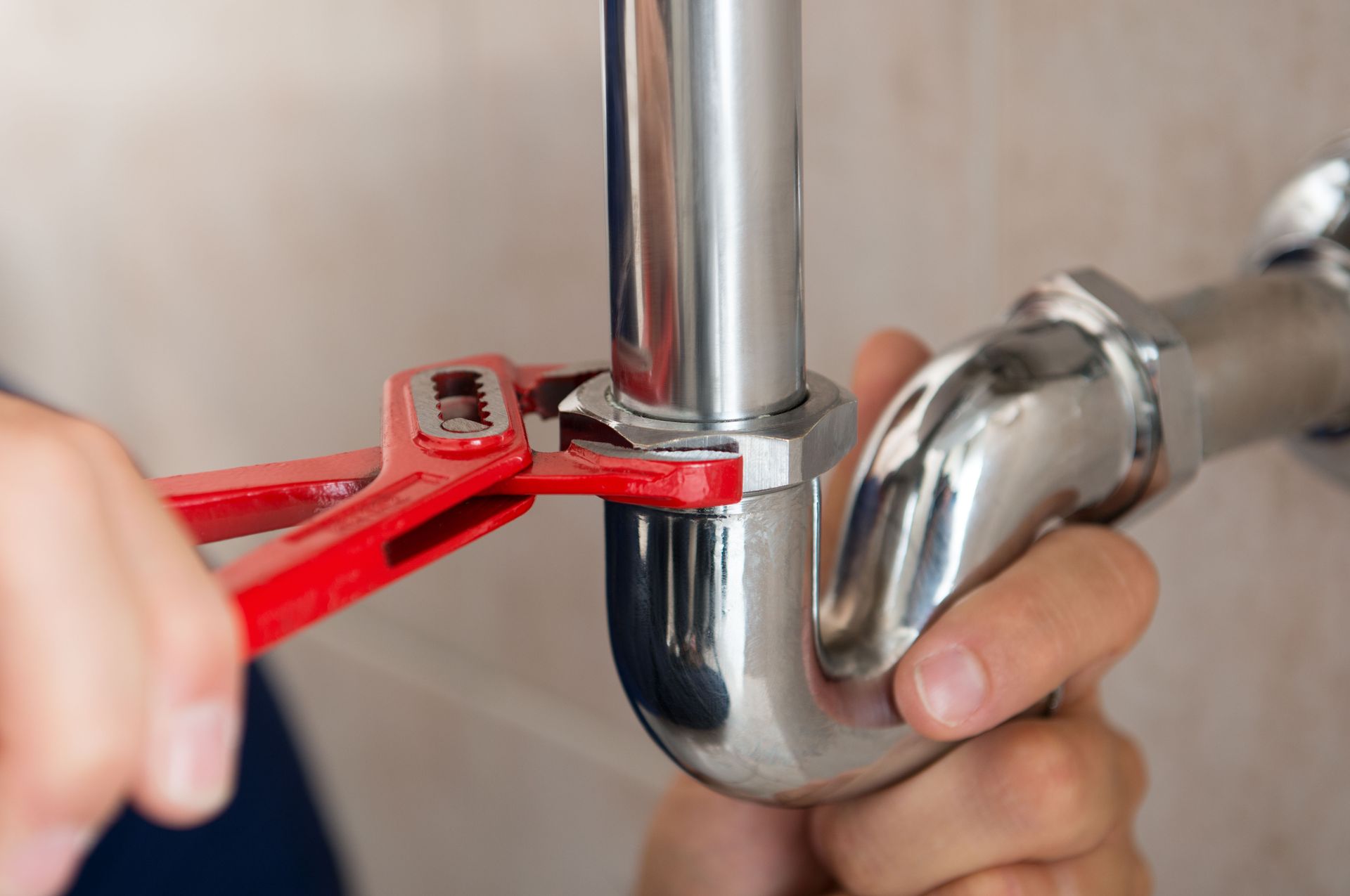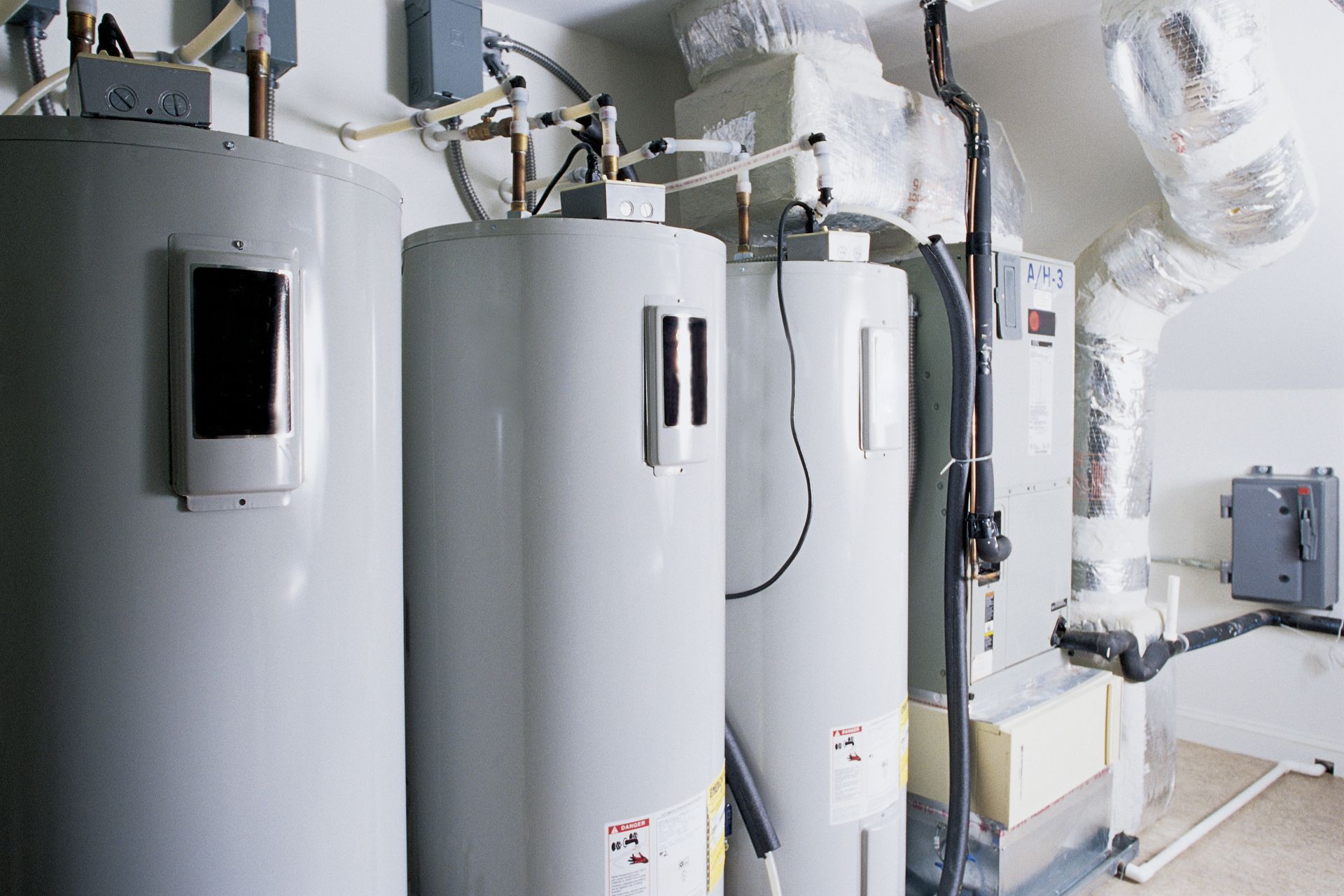July 29, 2025
Your water heater is one of the most essential yet overlooked appliances in your home. It silently supports your daily routines—powering hot showers, cleaning cycles, and warm water at the turn of a tap. Despite its importance, many homeowners only think about it when something goes wrong. With consistent maintenance and regular plumbing inspections by professionals, you can extend the life of your water heater and avoid unexpected repairs. Below are 11 essential tips designed to help you maintain your unit effectively and keep hot water flowing smoothly for years.
1. Flush the Tank Annually
Flushing your water heater at least once a year helps eliminate the buildup of sediment and minerals, especially in hard water areas, states Allstate. Over time, calcium and magnesium can settle at the bottom of the tank, creating a thick layer that strains the heating element and reduces the tank’s efficiency. This leads to increased energy usage, overheating, and eventually, premature tank failure. To flush, turn off the power or gas, let the water cool, attach a hose to the drain valve, and drain until clear. Flushing not only extends the life of the tank but also helps it operate more quietly and efficiently.
2. Inspect the Anode Rod
The anode rod serves as a protective measure against corrosion. Made of magnesium or aluminum, it attracts corrosive elements in the water, preventing them from rusting the tank’s interior. If this rod is depleted, your tank becomes vulnerable to rust. Check it every few years by unscrewing it from the top of the tank. If it’s heavily corroded or less than half an inch thick, it’s time to replace it. Replacing an anode rod is much cheaper than replacing the entire water heater, making it a smart and affordable form of preventive care.
3. Lower the Thermostat Setting
Reducing your water heater’s thermostat from 140°F to 120°F can have significant benefits, according to Energy.gov. First, it minimizes scalding risk—especially important for homes with children or elderly residents. Second, it slows down mineral accumulation in the tank, which helps preserve the heating elements. Third, it reduces standby heat losses, saving energy and lowering utility bills. While you’ll still get sufficiently hot water for showers and cleaning, the reduced temperature places less strain on your heater, extending its service life.
4. Insulate the Tank and Pipes
Insulating your water heater and its connected pipes can significantly boost efficiency. Heat loss from an uninsulated tank or piping system can lead to longer recovery times and higher energy bills. Use a fiberglass or foil-backed insulation blanket around the tank (sized for your unit type), and wrap exposed hot water pipes with foam sleeves or pipe wrap. Focus on the first six feet of pipe for best results. This practice is especially useful during winter months and helps maintain water temperature with less work from the unit.
5. Test the Temperature and Pressure Relief Valve
The T&P valve is a vital safety feature. It protects your tank from excess pressure and potential explosions by releasing water if the internal temperature or pressure exceeds safe levels. To test it, place a bucket beneath the discharge pipe, then lift the valve handle slightly. Water should flow freely; if it doesn’t, or if it leaks afterward, the valve should be replaced. This test takes only a few minutes but can prevent dangerous failures and provide peace of mind.
6. Schedule a Professional Inspection
Even if you're diligent with basic maintenance, having a professional plumber inspect your unit annually adds an extra layer of protection. They can check electrical connections, gas lines, sediment levels, burner performance, and verify if your unit complies with safety standards. A qualified technician can also catch warning signs you might overlook, such as small leaks, improper venting, or insulation degradation. Investing in a professional checkup every year could save hundreds—or even thousands—on repairs or early replacement, per Garden & Greenhouse.
7. Check for Leaks and Corrosion
Routine visual inspections are crucial. Look for rust spots, water puddles, or corrosion around fittings, valves, and the base of the heater. These signs often indicate failing components or internal tank damage. Pay attention to discolored water from the hot tap, metallic odors, or loud banging sounds, which may point to sediment or rust issues. By catching small leaks early, you can prevent mold growth, water damage, and expensive structural repairs to floors and walls.
8. Keep the Area Around the Heater Clear
Many people store items around their water heater, but this can be a mistake. These units need ventilation and space for safe operation. Crowding a water heater can block airflow, which is especially dangerous for gas-powered models that require combustion air. Flammable materials stored nearby also pose fire risks. Clear at least two feet of space on all sides, and keep access clear so that you or a technician can service the heater quickly if needed. Good airflow also helps reduce moisture buildup around the unit, minimizing rust formation.
9. Install a Water Softener if Necessary
Hard water contains high levels of minerals like calcium and magnesium that accelerate scale buildup inside the tank and on heating elements. Over time, this forces your unit to work harder, shortening its lifespan and increasing energy costs. A whole-house water softener treats the water before it enters your heater, extending the life of not only the heater but also your faucets, showerheads, and appliances. Although a softener involves upfront installation costs, it’s a worthwhile long-term investment for homes with hard water issues.
10. Replace the Unit When It's Time
Even the most meticulously maintained water heater has a finite lifespan. The International Association of Certified Home Inspectors states that most residential units last about 10 years. As your heater nears this range, monitor for signs of aging: reduced hot water capacity, fluctuating temperatures, strange noises, or frequent repairs. Replacing an aging unit before it fails completely helps you avoid water damage and rushed decisions. New models offer energy-efficient features, better safety standards, and even smart technology integration for remote monitoring and leak alerts. Make replacement a planned upgrade, not a last-minute emergency.
11. Monitor for Unusual Noises
Over time, your water heater may start producing sounds like rumbling, popping, or banging. These noises are often caused by sediment buildup at the bottom of the tank, which traps water beneath it and causes steam bubbles to form and burst. This not only indicates that your tank may need flushing but also signals potential stress on the heating elements. Ignoring these sounds can lead to reduced efficiency, overheating, and eventual failure of internal components. Pay attention to any changes in noise levels and address them promptly to maintain a quiet, efficient, and long-lasting system.
Proper maintenance is the key to long-lasting performance from your water heater. A few proactive steps—flushing the tank, checking the anode rod, inspecting for leaks, and scheduling annual inspections—can collectively extend your system's lifespan, improve energy efficiency, and provide peace of mind. Whether you’re using a traditional tank or a tankless model, regular care will keep hot water flowing reliably for years. Stay informed, stay proactive, and your water heater will reward you with dependable performance for the long haul. For expert water heater maintenance, repair, and installation services, turn to our team at Excalibur Plumbing Pearland! We serve Pearland, TX and the surrounding areas. Contact us today for a free estimate.





